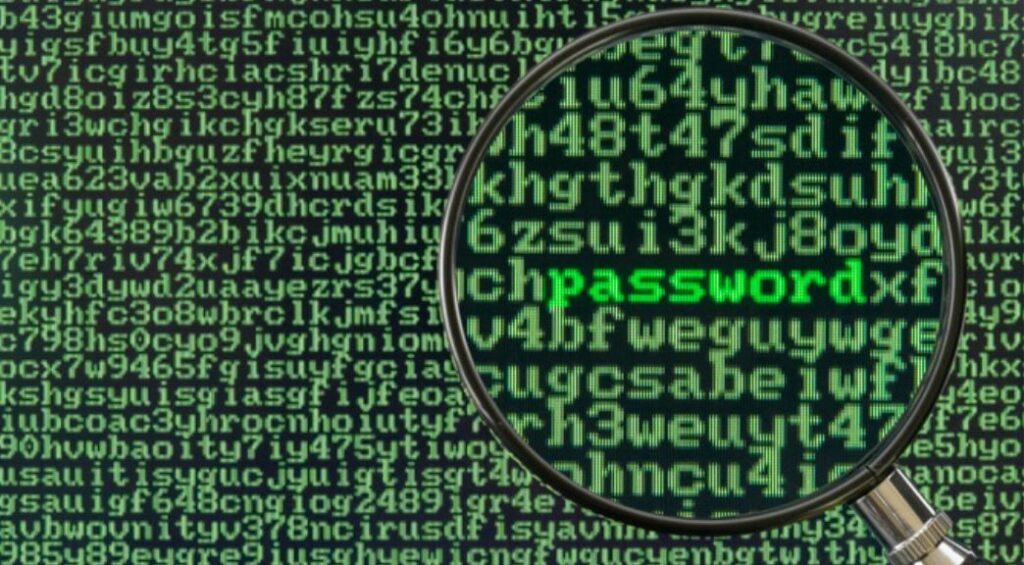What is File Encryption?
File encryption converts data into an unreadable format, accessible only with a password or decryption key. While encryption safeguards sensitive information, forgetting passwords can lead to access issues.
Why Are Files Password-Protected?
- Data Security: Prevents unauthorized access to sensitive documents.
- Privacy Protection: Ensures confidentiality for financial or personal files.
- Security Measures: Companies enforce encryption for compliance and protection.

password-protected file decryption
How to Decrypt Password-Protected Files
1. Free Decryption Software
Tools like John the Ripper and Hashcat use brute-force and dictionary attacks to recover passwords.
2. Password Recovery Programs
Software like PassFab for Word and Elcomsoft Distributed Password Recovery can restore access to encrypted files.
3. Security Questions for Password Retrieval
Some files have linked security questions that may help reset forgotten passwords.
4. Expert Cybersecurity Assistance
When standard methods fail, consulting cybersecurity professionals may provide advanced solutions.
Preventing Password Loss
✅ Use a Password Manager: Securely store and manage complex passwords.
✅ Keep Secure Backups: Regularly save copies of important files.
✅ Create Strong, Unique Passwords: Avoid easily guessed credentials.
✅ Regularly Update Passwords: Enhance security by changing passwords periodically.

password protected file decryption
Conclusion
Forgetting a file’s password isn’t the end—various decryption tools and methods can help regain access. However, prevention is key—use strong passwords and secure storage solutions to avoid future issues.